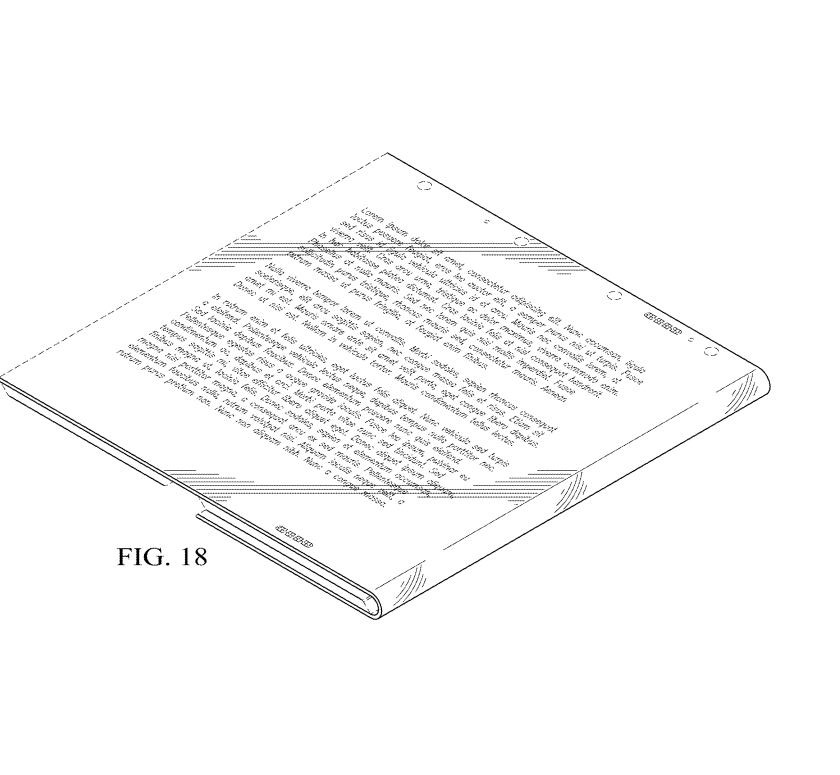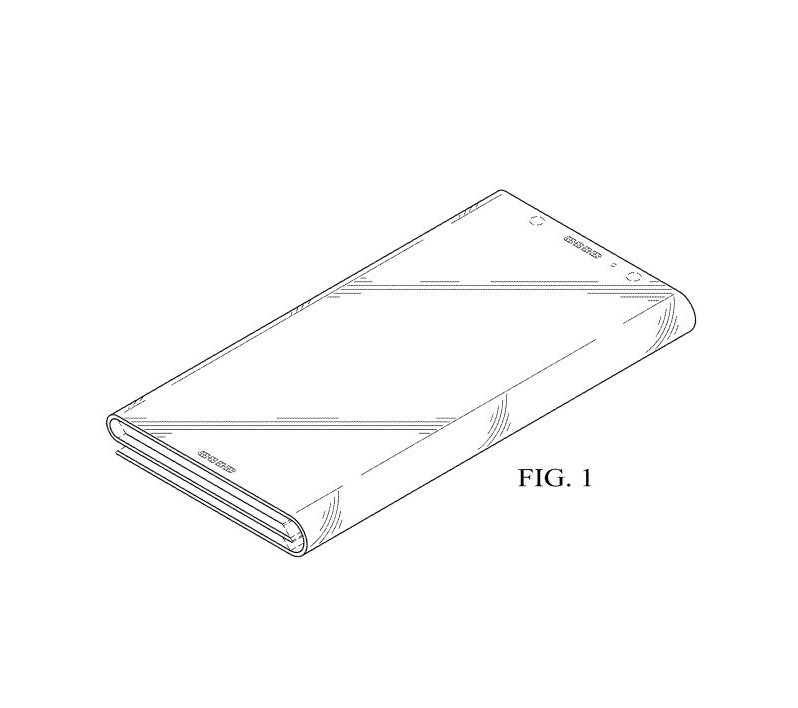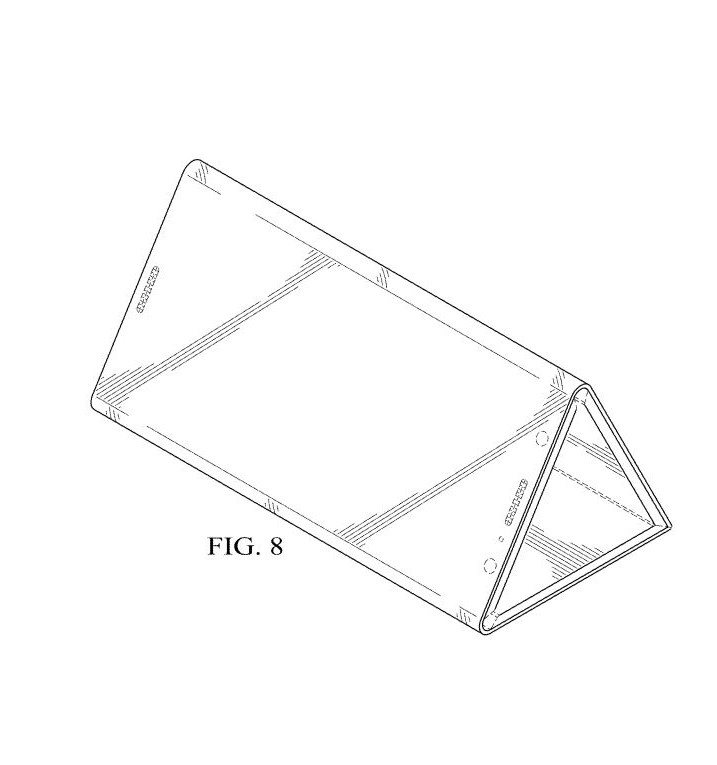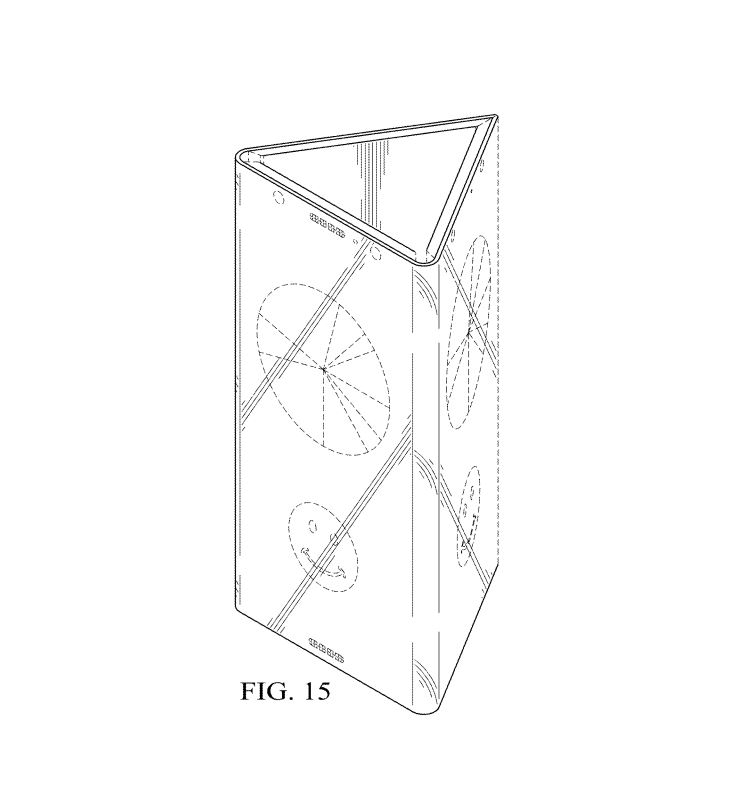Laptops with detachable screens are not new. They can be seen with Microsoft’s Surface Book, but Dell is looking to take that one step further. The company patented a laptop with two detachable screens, hinting at a future where consumers can extend their productivity when on the go.
The patent for “Information Handling System with Multiple Detachable Displays,” originally filed on June 30, 2017, details a system for attaching multiple displays to a laptop in various configurations. Envisioning a presentation scenario, Dell’s multi-screen laptop appears to depend on a magnetic attachment to function. Complete with cylindrical metal bars on the bottom, the detachable screens can be magnetically attached to the base of a keyboard so that one faces a presenter, and the other and the audience.
“A portable information handling system may include a first display, a second display, and a base with an integrated keyboard. The base may also include an integrated component for attaching to and supporting the first and second displays. The attachment may be facilitated by, for example, a channel on the base configured to magnetically attach to and support the displays,” explains Dell.
Dell also mentions a scenario where both screens can be attached and turned to face a consumer, allowing to extend on the available multitasking space. Combined a controller on the bottom to either mirror or extend the displays, that would eliminate the need to connect up to a second monitor, which isn’t always convenient.
“The limited size of portable information handling systems, such as laptops, may be configured to connect to multiple external displays through display ports. … However, by its nature, a portable information handling system is not likely to be near multiple displays, which are cumbersome to transport,” Dell explained.
For even more portability, Dell thinks of a situation where the screens could be detached and stored right inside the base of the laptop in a “Downward facing channel” for portability. Although patents don’t always end up becoming products, it wouldn’t be the first time that Dell has thought about a dual-screen laptop. In April, it patented a device with two connected screens., one for the primary display and one as a virtual keyboard.
Editors' Recommendations
- Dell XPS vs. Dell Latitude: here’s how to decide
- Here’s how two of the best Windows laptops compare to each other
- The 5 weirdest laptops ever made that you forgot existed
- 6 laptops you should buy instead of the MacBook Air
- It’s the right time to buy an older gaming laptop






